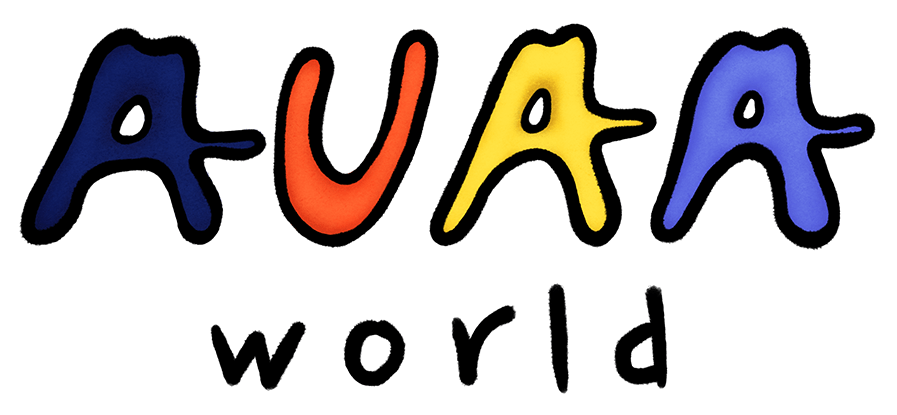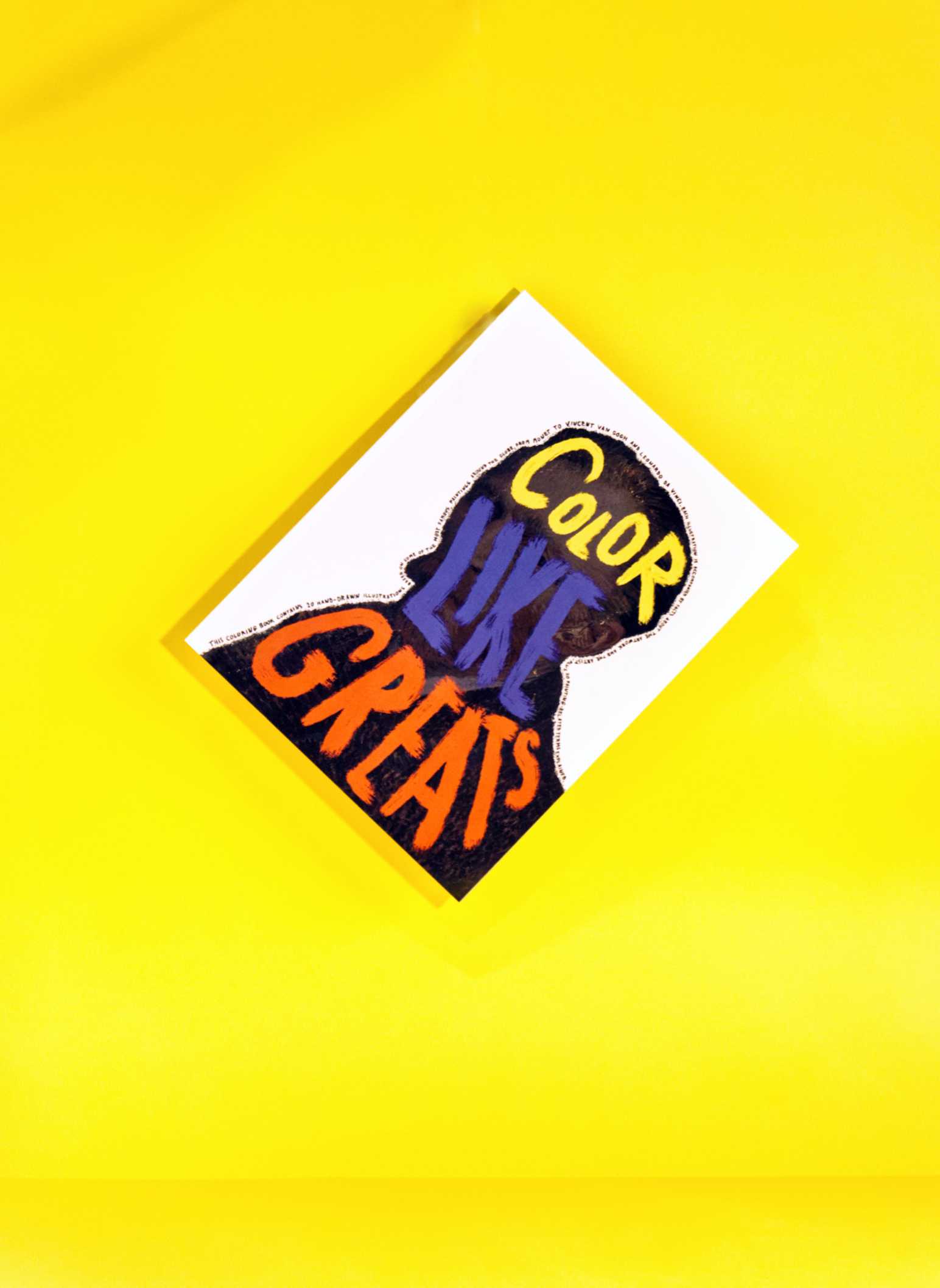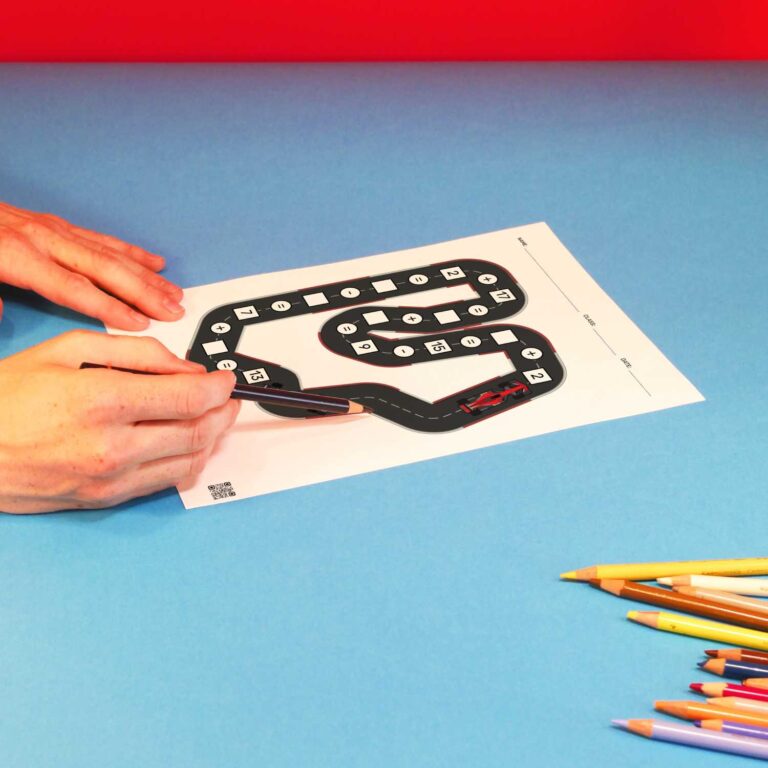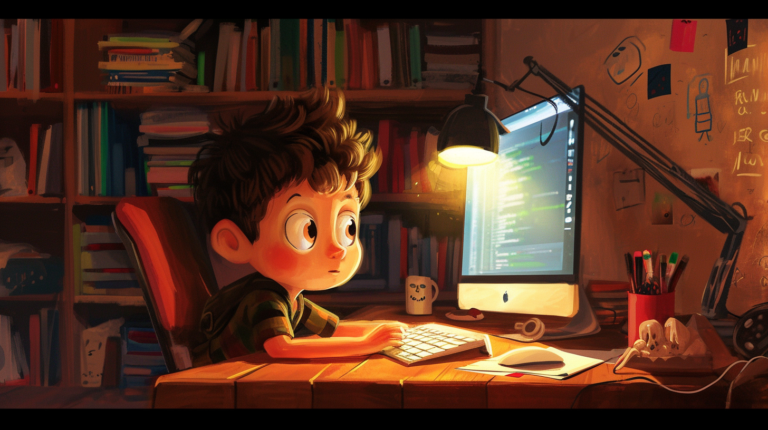I’m a massive fan of the classics, like Van Gogh’s “Starry Night” and the tranquil beauty of Monet’s water lilies. They’re world-class for a reason, and I recently found that introducing them to my children sparked wonder and curiosity in their eyes that I’d never really seen with anything else.
The power of art, you know?
This got me thinking. These days, the world for our kids is so full of TVs, iPads, and plastic gizmos from those little vending machines that classic, embedded forms of traditional play often take second place.
Like coloring, drawing, creating, and essentially just being creative.
So, I did some digging, and guess what I found. Introducing your little one to the vibrant world of Van Gogh and Monet can do more than just entertain your little one. It can ignite a lifelong love of learning, creativity, and self-expression. As parents, we’re constantly seeking ways to nurture our children’s growth, and believe it or not, art is a powerful tool that can do just that.
Take a moment out of your day, and let me show you why every child should be introduced to these iconic artists, the surprising benefits of art education, and how to make art history fun and engaging for the whole family.
Let’s get into it.
Summary of This Post
Inspired by introducing my children to classic art, we advocate for incorporating art into children’s lives. This article discusses how art, particularly the works of Van Gogh and Monet, can foster creativity, cognitive skills, and emotional well-being in children, offering tips and resources for making art history engaging.
- Great Artists Nurture Creativity and Imagination
- Art Develops Cognitive Skills
- Promoting Emotional Expression and Well-being
- Making Art History Fun
- Conclusion
Great Artists Nurture Creativity and Imagination
Have you ever watched your child scribble with crayons, their face a mask of pure concentration?
Or maybe they’ve proudly presented you with a finger painting that looks like a vibrant explosion of color.
The truth is that these moments are more than just adorable; they’re glimpses into your child’s budding creativity. This is your child’s natural state, and if it’s not nurtured and encouraged, they can actually lose it.
Time Magazine wrote a fantastic piece on this, highlighting how the digital world is overstimulating, overwhelming, and consuming so much time in our children’s lives that it’s “diminishing their ability to creatively think.” You can read it yourself here.
Alternatively, taking the time to expose children to the works of Van Gogh and Monet can take this creativity to new heights. Take a piece like Gogh’s Irises or Wheatfield with Crows.
This kind of style is far from the realism and strictness most kids’ art forms take, and instead, it encourages them to think outside the box, experiment with different colors and techniques, and express themselves in unique ways.
It essentially encourages them to have fun and do things their way – an almost forgotten fundamental of art for so many people these days.
So, how can you nurture this creativity?
- Provide a variety of art supplies: Stock up on crayons, markers, paints, clay, and other art materials. This doesn’t even need to be expensive. You could go for a walk and pick up leaves to glue them onto a page if you wanted. Let your child explore and experiment without fear of making mistakes.
- Visit art museums (or explore online): Take your child to art museums or browse online galleries featuring Van Gogh and Monet’s works. Encourage them to observe the colors, textures, and shapes in the paintings.
- Ask open-ended questions: Instead of asking, “What is this painting about?” try asking, “What do you see in this painting? How does it make you feel?” The answers may surprise you.
- Create together: Set aside time for family art projects inspired by Van Gogh or Monet. Try recreating “Sunflowers” with construction paper or painting your own water lilies on a canvas. Do it from memory or have them in front of you. Enjoy the process!
Remember, the goal isn’t to create perfect replicas but to encourage your child’s unique artistic expression. By providing a supportive and stimulating environment, you’ll be amazed at the masterpieces they’ll create.
Art Develops Cognitive Skills
Art isn’t just about creativity; it’s also a powerful tool for developing cognitive skills. When children engage with art, they’re not just looking at pretty pictures – they’re actively thinking, analyzing, and problem-solving.
They’re engaging their brain in a profound way that develops their thinking skills beyond belief.
Think about it: When your child examines Van Gogh’s “The Bedroom,” they’re not just seeing a bed and a few chairs. They’re noticing the perspective, the use of color to create a sense of space, and how the objects are arranged to tell a story.
Similarly, when they study Monet’s “Impression Sunrise,” they’re observing how the light reflects on the water, how the colors blend together, and how the composition creates a sense of peace.
Oh, and this is backed by science. Plenty of studies (here’s a great resource quoting several) found that kids practicing art performed better in “writing tests, were better behaved, had more compassion for other students, and were more engaged in school.”
All are wins in my book.
Long story short, by encouraging your child to think critically and observe closely, you’re fostering their cognitive development and instilling a lifelong love of learning.
Promoting Emotional Expression and Well-being
Art isn’t just about what we see; it’s also about what we feel. Actually, I’d probably argue it’s more about what we think than what we see in most cases.
If you’ve ever found yourself lost in a painting, you’ll already know how art can evoke a wide range of emotions, from joy and excitement to sadness and contemplation.
For children who are still learning to understand and express their feelings, art can be a valuable outlet and provide a new understanding of these big feelings.
I use Van Gogh and Monet as examples because while they have a sense of realism, they’re abstract, blurred, and imperfect, making them perfect. Pieces like this can inspire feelings of happiness and wonder.
On the other hand, more somber works can evoke feelings of sadness or introspection. Of course, kids don’t tend to use these words, but the trick is to let them experiment with communicating or, in other ways, expressing how they feel when connecting with these pieces.
That’s how they’ll develop these skills.
So, breaking it down, by exposing children to a variety of artworks, we can help them:
- Identify and express emotions: They learn to recognize different emotions in themselves and others and to express those emotions through art.
- Develop empathy: They learn to understand and appreciate the perspectives of others as they see how different artists have depicted the same subject in various ways.
- Coping with stress and anxiety: Engaging in creative activities like painting or drawing can be a healthy way for children to cope with stress and anxiety.
You can encourage emotional expression through art by:
- Talking about feelings: Ask your child how different paintings make them feel. Encourage them to describe the emotions they see in the artwork.
- Creating art journals: Provide your child with a journal where they can express their feelings through drawings, paintings, or writing.
Making Art History Fun
We get it – sometimes “art history” can sound a bit dry and academic. But trust me, it doesn’t have to be! With a little creativity, you can turn learning about Van Gogh and Monet into an exciting adventure for your child.
Here are some tips for making art history fun:
- Interactive art apps and websites: Many apps and websites offer interactive ways to explore art, like virtual museum tours, games that teach about different art styles, and even tools that allow your child to create their own digital masterpieces.
- Art-themed games and activities: Play “spot the difference” with two similar Van Gogh paintings, or challenge your child to recreate a Monet water lily scene with playdough. Get creative and have fun!
- Create a “Mini-Museum” at home: Gather prints or postcards of Van Gogh and Monet’s paintings, and create a special space in your home where your child can display and enjoy them. Add fun facts and information about each painting to make it even more interactive.
- Attend art workshops or classes: Many community centers, art schools, and museums offer art classes for children of all ages. These classes can provide a structured environment for learning new skills and techniques, as well as a chance to connect with other young artists.
Remember, the key is to make it enjoyable for both you and your child. By incorporating playfulness and creativity into your approach, you can spark a lifelong love of art and learning.
Conclusion
Introducing your child to Van Gogh and Monet isn’t just about art appreciation – it’s about nurturing creativity, sparking curiosity, and opening doors to a world of cultural understanding.
Through their iconic works, kids embark on a journey of self-discovery, unlocking their inner artist and expanding their horizons. Ready to kickstart this creative adventure?
Grab a copy of our brand-new coloring book, “Color Like Vincent, Monet, and Other Greats!” Filled with stunning illustrations and interactive QR codes, it’s more than just coloring—it’s an artistic experience.
Don’t just take our word for it. Download free sample pages from our website and try the magic for yourself!
Remember, every child is an artist at heart.
Let’s nurture their creativity, ignite their curiosity, and watch them blossom into confident, expressive individuals who embrace the world with open arms and a vibrant imagination.
Order your coloring book today and unlock a world of artistic possibilities for your child.




